Montaigne and the Lives of the Philosophers
Montaigne and the Lives of the Philosophers
Life Writing and Transversality in the Essais
Alison Calhoun
UNIVERSITY OF DELAWARE PRESS
Newark
Published by University of Delaware Press
Copublished by The Rowman & Littlefield Publishing Group, Inc.
4501 Forbes Boulevard, Suite 200, Lanham, Maryland 20706
www.rowman.com
Unit A, Whitacre Mews, 26-34 Stannary Street, London SE11 4AB
Copyright 2015 by Alison Calhoun
All rights reserved . No part of this book may be reproduced in any form or by any electronic or mechanical means, including information storage and retrieval systems, without written permission from the publisher, except by a reviewer who may quote passages in a review.
British Library Cataloguing in Publication Information Available
Library of Congress Cataloging-in-Publication Data
Calhoun, Alison, 1979
Montaigne and the lives of the philosophers : life writing and transversality in the Essais / Alison Calhoun.
pages cm
Includes bibliographical references and index.
ISBN 978-1-61149-479-2 (cloth : alk. paper)ISBN 978-1-61149-480-8 ( electronic : alk . paper) 1. Montaigne, Michel de, 15331592. 2. PlutarchInfluence. 3. Ethics in literature. 4. Montaigne, Michel de, 15331592. Essais. 5. Philosophy in literature. I. Title.
B785.M74C35 2014
844.3dc23
2014035982
 The paper used in this publication meets the minimum requirements of American National Standard for Information SciencesPermanence of Paper for Printed Library Materials, ANSI/NISO Z39.48-1992.
The paper used in this publication meets the minimum requirements of American National Standard for Information SciencesPermanence of Paper for Printed Library Materials, ANSI/NISO Z39.48-1992.
Printed in the United States of America
Contents
Acknowledgments
It is easy to relate to Montaigne and his Essais . In thinking about my gratitude to those who have helped me bring this project to fruition, for example, I cannot help but conclude that you will find their presence in the manner and shape of this book. That said, Im no philosopher, and so it brings me comfort to print the names of the professors with whom I was lucky enough to study and discuss Montaigne, obscurely and diversely, while at Johns Hopkins: the late Grard Defaux, Jack Abecassis, Dominique Brancher, and Michel Jeanneret. I would also like to thank those responsible for bringing me back after my fall from the horse: Nicolas, Raphal, family, friends, colleagues, and all the incredible members of the Bloomington community.
Introduction
Montaigne and Transversality
I take a book in my hand, either at home or elsewhere, for thats all one, if there be any wit int, as there is no book but has some, I transverse it.
One of the paradoxes at the root of Michel de Montaignes Essais is Montaignes desire to reconcile a project of writing about his life and his moral views with his profound understanding that neither life nor morality can be authentically captured in writing. For this reason, books in the Essais appear to be at once friends and enemies, a means for dialogue and the ultimate limit of that exchange. Montaigne is discriminating, and he makes it clear that certain books and authors have more to offer than others in the struggle for writing about inner life, character, and morals. In Of books, for example, the essayist tells us that the types of reading he wishes there were more of are not historical chronicles or philosophical treatises, but specifically works of life writing such as the Lives of Illustrious Men by Plutarch and the Lives of the Philosophers by Diogenes Laertius (II.10.416).Lives in the Renaissance were books read spiritually as a form of communing with living, breathing subjects; one would spend time with them in order to get to know the protagonists ticks and true character.
In sixteenth-century France, the most common places to look for guides to living the good life and forming ones morals were in proverbs, sayings, the parables of the Bible, or in the maxims and adages by classical authors and Renaissance humanists. But beyond these lay a broad spectrum of biographically styled ethical works for the learned: books of princely manners like Baldassare Castigliones The Book of the Courtier ; the lives of painters like Giorgio Vasaris Lives , anthologies of martyrs (perhaps more focused on dying well than living well), kings, and war heroes; medieval chivalric biography and hagiography; and the list goes on. Most of the Lives published in Montaignes time assembled a wide range of subjects, emphasizing at once the individual and the collective, and Montaigne was not far from this structure in his Essais . Indeed, his essay project is neither a monographic memoir nor an intimate journal. On the contrary, while Montaignes writing may have maintained an introspective and self-reflexive mode, the objective subject matter of his essays was more often than not the lives of other people he discovered through reading. The sources for these subjects were overwhelmingly the works of Plutarch and Diogenes Laertius. Like Montaigne, these authors were interested in communication and dialogue rather than lessons and pedantry. They sought to understand their subjects manner and inner workings in addition to their thought and doctrine (III.8.928).
Revisiting proto-biography in Montaignes Essais might at first seem counter-productive. Both Timothy Hampton and John Lyons have effectively argued that Montaigne approached exemplary figures in ways meant to sublimate biographical exemplarity.
Montaignes approach to life writing was heavily influenced by the structure of Plutarchs and Diogeness works, which present each Life in a format that is both editorially and syntactically based on space, specifically the In his transformation of life writing, his readers are confronted with a challenging array of diverse ways of life. These portraits generate a readerly struggle not only to pinpoint the perspective and character of the author, but also to develop ones own conclusions about how to live.
In the Essais , the presence of kings and war heroes is overshadowed by Montaignes focus on the lives of philosophers, a fascination that was widely shared at the time. The philosophers, just as much as decorated military leaders and revered kings, resurged from antiquity as superstars among the literate and the learned during this period, thanks to the Latin re-editions and Italian translations of Diogenes Laertius. Plutarchs portraits of noble Greeks and Romans were popular reading during the sixteenth century, with at least ten editions of the French translation on record, and the subject of the illustrious men of ancient times led to imitations in French by writers like Andr Thevet and Thodore de Bze. Likewise, Diogenes Laertiuss Lives of the Philosophers was widely published, with close to thirty Latin editions listed in the catalogue of the Bibliothque Nationale de France. In other words, many readers, like Montaigne, sought to get to know their authors as people, dialogue with them as in a conversation, and maybe even feel the pain of their wounds and deaths.
For Montaigne, the philosophers were ideal subjects for the moral aims of his Essais , because they themselves were expected to perfect a way of life not through illustrious (public) careers in politics or devotion to God, but through (private) wisdom and goodness as human beings. If they could claim any agenda, it was the goal to live well as individuals. The simplicity of their goal provided a certain neutrality, because studying the philosophers Lives was not meant to reveal political of religious virtues (not how to become a good leader or a devout Christian), but, more fundamentally, and perhaps in So, for all these reasons, in his Essais , Montaigne turned to life, to life writing, and to the people whose lives were meant to encompass a kind of moral thought, whose texts and biology were supposed to be inseparable: the philosophers. One outcome of this book will be to demonstrate how important several of the Hellenistic philosophers were to Montaignes moral and proto-autobiographical project.
Next page

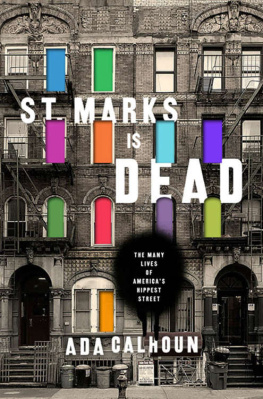
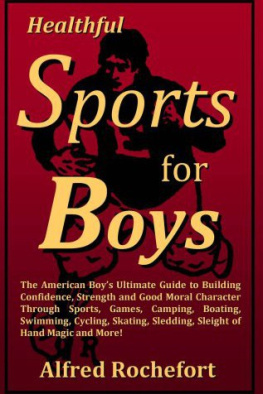


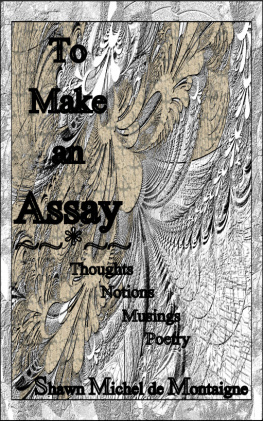
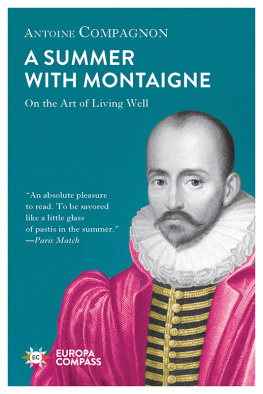
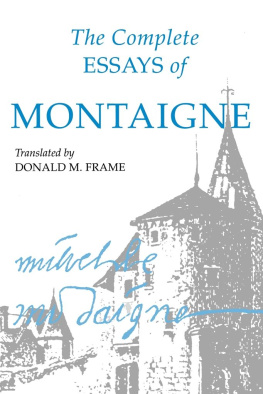

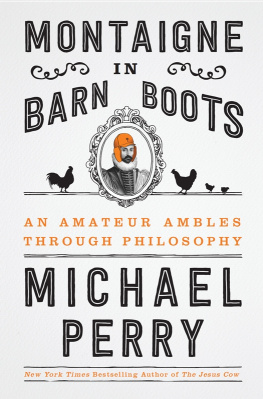
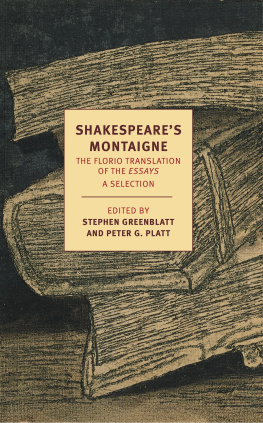

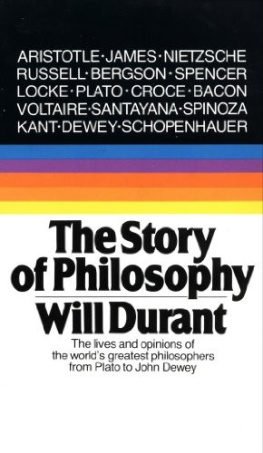
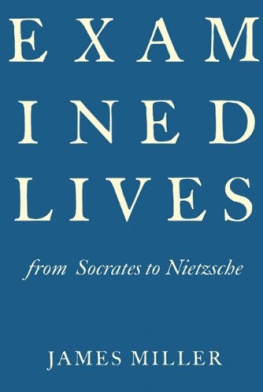


 The paper used in this publication meets the minimum requirements of American National Standard for Information SciencesPermanence of Paper for Printed Library Materials, ANSI/NISO Z39.48-1992.
The paper used in this publication meets the minimum requirements of American National Standard for Information SciencesPermanence of Paper for Printed Library Materials, ANSI/NISO Z39.48-1992.